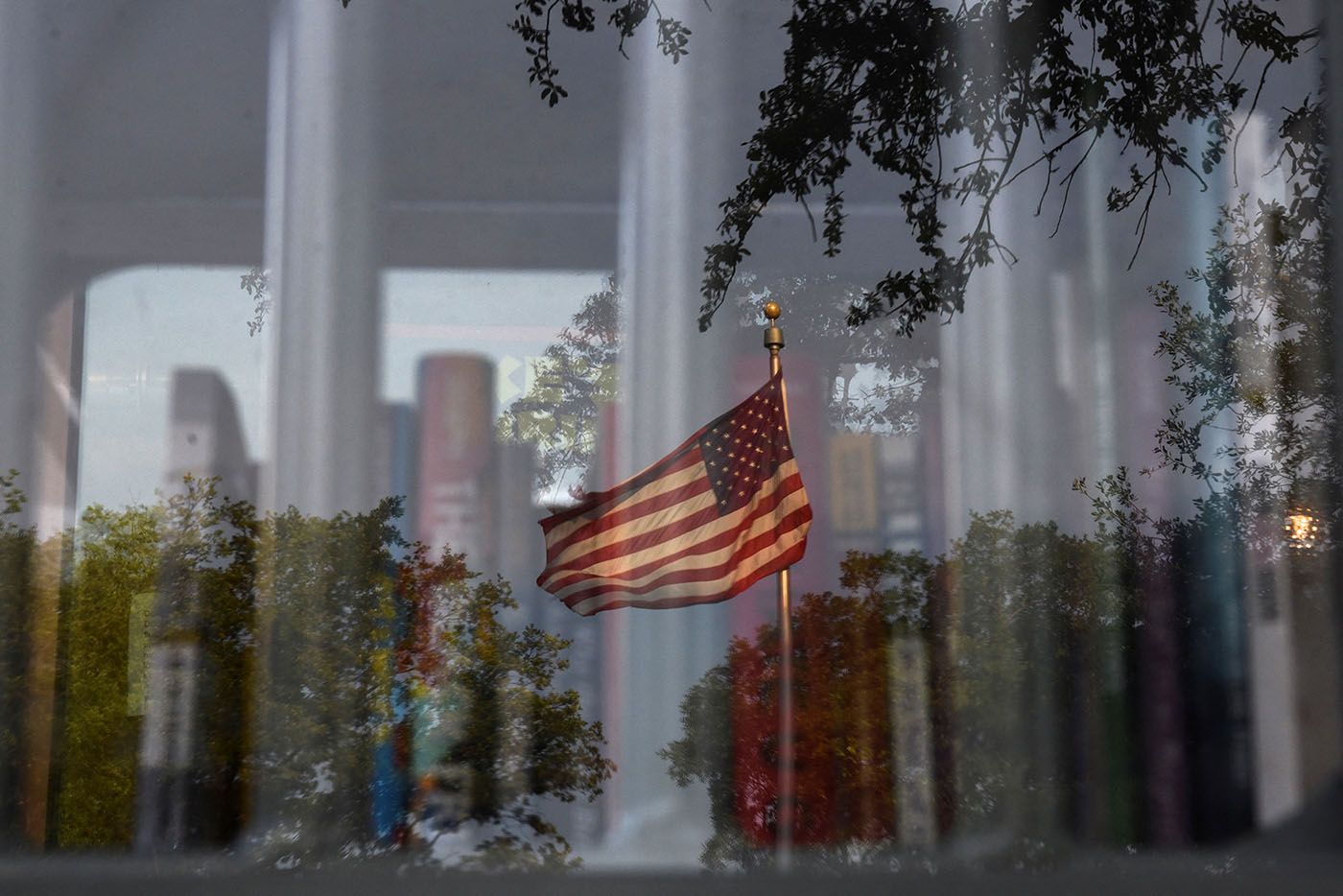Findings from a new initiative at NYU, which tracks and analyzes strategic lawsuits against public participation
Courts dismissed dozens of strategic lawsuits against public participation targeting media in 2024, finds a new analysis from New York University’s First Amendment Watch. SLAPPs, often filed by corporations or deep-pocketed plaintiffs, are civil claims brought against individuals or organizations engaged in public expression and are seen by many as threats to free speech.
“Our initial findings make clear what observers have long suspected: the media are a significant target of potentially frivolous or malicious litigation designed to chill speech and stifle scrutiny,” says First Amendment Watch’s founding editor Stephen D. Solomon, whose team led the analysis.
The analysis stems from a newly launched project housed at NYU’s Arthur L. Carter Journalism Institute: The SLAPP Back Initiative, the country’s first national database of SLAPP claims —potentially meritless legal actions that experts say can nonetheless force defendants to spend significant resources defending themselves, ultimately chilling criticism and threatening First Amendment freedoms.
The initiative’s analysis identified 500 cases that were decided on the merits of an anti-SLAPP motion last year, including 69 involving the media, most of which were either fully or partially dismissed by judges.
“These lawsuits affected every type of media entity across every medium at every level of the industry—from individual journalists and commentators to their publishers and sources,” says Solomon.
Among those affected were the biggest national news organizations, respected regional publications, and tiny local outlets, including:
- The Associated Press, NBC News, and ProPublica
- Streaming giants Netflix and HBO
- News outlets in California, Colorado, Connecticut, Louisiana, Maine, Nevada, New Mexico, New York, Texas, Vermont, Virginia, and Washington state—from the Hartford Courant to the Dallas Morning News to the (Spokane) Spokesman-Review
Thousands of SLAPPs have been filed since the tactic was first identified in 1988, and as state-by-state anti-SLAPP laws have proliferated to combat them, they have grown increasingly visible. A handful of cases were dismissed in the early 1990s while more than 200 were fully or partially dismissed last year. Though 38 states and the District of Columbia and Guam have passed laws to help defendants, 12 states have no anti-SLAPP protections, and there is still no federal anti-SLAPP law.
The database will be expanded over time to include analyses of thousands of recorded anti-SLAPP claims over the last three decades as well as rapid assessment by legal experts of emerging disputes that might infringe upon free expression.
The SLAPP Back Initiative is the latest resource from First Amendment Watch, which provides daily updates, analysis, and access to relevant legal cases and historical background for journalists to use in their reporting and for professors, students, and the American public to understand how First Amendment principles apply to current free speech and press conflicts.
First Amendment Watch was founded by NYU journalism professor Stephen D. Solomon, who teaches First Amendment law at the Carter Journalism Institute and is the author of Revolutionary Dissent: How the Founding Generation Created the Freedom of Speech (St. Martin’s Press, 2016). His next book, No Tyrants: How the Founders Built Barriers Against the ‘Monster Tyranny’, will be published next year by Bloomsbury Press.
Solomon is among the SLAPP Back Initiative’s advisors, who also include: Laura Prather, chair of the media law practice group at Haynes Boone; Victoria Baranetsky, general counsel at the Center for Investigative Reporting; Stephen Adler, the former editor-in-chief at Reuters and current director of the Ethics and Journalism Initiative at NYU’s Carter Journalism Institute; and Dick Tofel, the founding general manager and former president of ProPublica and current principal at Gallatin Advisory LLC.
The SLAPP Back Initiative received seed funding from the Journalism Venture Capital Fund at NYU as well as the Foundation for Individual Rights and Expression, the Society of Professional Journalists, the Pulitzer Center, and the Donald W. Reynolds Journalism Institute at the University of Missouri.
Tags




